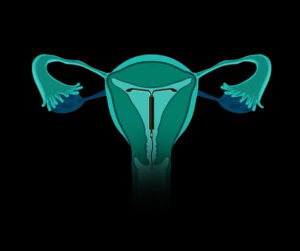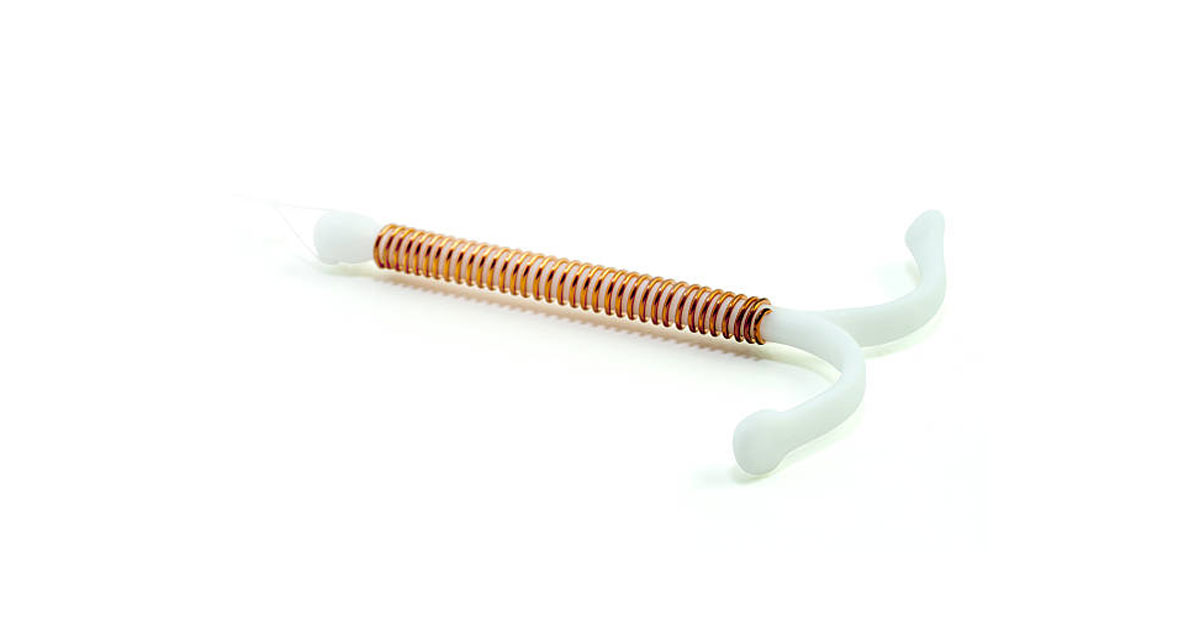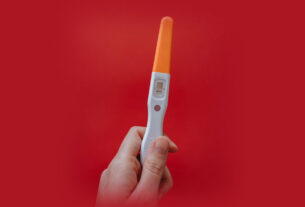Copper-T is an intrauterine contraceptive device used to prevent pregnancy. It is a small T shaped birth control device that is inserted into the uterus as a birth control measure. Copper T is one of the effective measures of birth control. It has a high success rate in birth control. It is inserted high within the uterus by a physician and is useful for about 10 years.
Insertion of Copper-T
 A health care provider inserts the Copper-t, often at the time of the menstrual period. Once the copper-t has been inserted, it stays in the woman’s uterus and protects against pregnancy for a period of an average of 10 years. Insertion of copper-t takes only about 6 to 10 minutes.
A health care provider inserts the Copper-t, often at the time of the menstrual period. Once the copper-t has been inserted, it stays in the woman’s uterus and protects against pregnancy for a period of an average of 10 years. Insertion of copper-t takes only about 6 to 10 minutes.
The health care practitioner will first examine the pelvis and measure the size, shape, and position of the uterus and other reproductive organs. Then the antiseptic solution is put onto the cervix. The copper-t will be inserted through the opening of the vagina using a special instrument that keeps the copper-t flat until it reaches the top of the uterus. The women may feel minute cramping or pain, but it is usually not much. The doctor will then cut the remaining string at the end of the copper-t so that it is short enough so it will not make difficulty to the woman or partner. It will be long enough so the lady can check to make sure that copper-t is in place. The copper-t will protect against pregnancy right after your health care provider inserts it.
Effectiveness
The yearly average rate of conception with the use of Copper IUD is well below 1%. During the first year of use, the Copper IUD is more effective than other types of IUDs, condoms, oral contraceptives, and barrier methods, etc. The effectiveness of the Copper T is related to woman’s age, and with pregnancy rates decreasing for older women.
Return of Fertility
When the copper IUD is removed from the vagina, the woman became returns back to fertility. When she wants to become pregnant, she can consult the health care practitioner and remove the copper T. Pregnancy rates after the removal of copper-t for planned pregnancy are normal.
Who can use
The Copper T is suggests for women who:
- Have no history of sexually transmitted disease
- Couples are in mutually one to one relationships; because copper-T does not protect against sexually transmitted diseases
- Women have a minimum of one child
- if women have no history of PID ie., pelvic inflammatory disease)
- For women who have difficulty in using hormonal contraceptives.
Who should not use
Women should not use copper IUD if she is having any of the following conditions:
- if the woman is pregnant
- Women still retain a previously inserted any of the intrauterine devices
- if the women have a suspected disease or abnormality of the genital tract
- Women have Wilson’s disease or a known allergy to copper;
- if the woman has genital actinomycosis.
- If the women have a sexually transmitted disease (STD) including a lower genital tract infection, such as gonorrhea or chlamydia;
- Women are at high risk for Sexually transmitted disease
- If the woman has an acute pelvic inflammatory disease or a history of the pelvic inflammatory disease;
- If the woman has conditions linked with a high chance of infections with microorganisms. Such conditions include any type of Sexually transmitted disease, acquired immune deficiency syndrome (AIDS), and intravenous drug abuse, leukemia, etc.,
- Women had a postpartum or post-abortion infection in the past three months
- If the women partner have multiple sexual partners
Side Effects and Complications of Copper-T
- Most women have some bleeding after insertion, and menstrual cramps or pain may worsen. Cramping is more intense in the first few months after insertion and usually diminishes in the following months
- Menstrual bleeding may be heavier and longer than usual, and bleeding can occur during the first two or three months after insertion. These side effects decrease over time.
- Copper IUD use may also develop an iron deficiency in some women
- Spotting or bleeding between menstrual periods
- A slightly increased risk of an infection called pelvic inflammatory disease during the first 20 days after the insertion
- The uterus can be injured during insertion
- Risk of ectopic pregnancy
- Infertility
Aftercare of Copper T insertion
At the end of each monthly menstrual period and any time the woman feels strange cramping during the period, she should check the string inside of the vagina. Do this by inserting a clean finger into the vagina and into the cervix. The Copper IUD string feels like a lightweight plastic thread or a fishing line. It should hang about 2 inches down from the cervix into the vagina. If she can’t feel the string or if she feels the copper-t itself, the copper t is not in right place. If copper-t is not in right place, you should get a check-up and put it in the right place
Action of IUD
A brief localized inflammation after 24 hours of insertion. This causes an inflammatory reaction within the uterus that attracts white blood cells. The white blood cells in the blood produce substances that are toxic or poisonous to sperm. An IUD prevents pregnancy by:
- Acting like a spermicide
- Stopping or killing sperm
- Thickening the mucus in the cervix
- Changing the menstrual cycle
Removal of Copper-T
Copper IUD can stay in the uterus for up to 10 years. A new copper IUD can be inserted if required.As soon as the removed and woman had unprotected sexual intercourse, the woman can get pregnant. So she has to use another form of contraception right away to protect against pregnancy
One should seek the help of a health care provider if one
- Cannot feel the string attached
- Can feel the copper IUD at the cervix
- Has pelvic pain or tenderness
- If she has severe cramping or abdominal pain
- Has pain or bleeding at the time of sexual intercourse
- If she has fever or chills for no reason
- Has a strange fluid or odor coming from the vagina
The risk of getting pregnant after the copper IUD has been inserted is very low. However, there is always a slight chance that a woman can get pregnant since the copper IUD is not 100% effective.
Advantages of Copper-T
- Highly effective in preventing conception
- Reversible
- Starts working almost immediately
- A woman with IUD does not need to use other birth control methods
- Can normally return to fertility after removal




